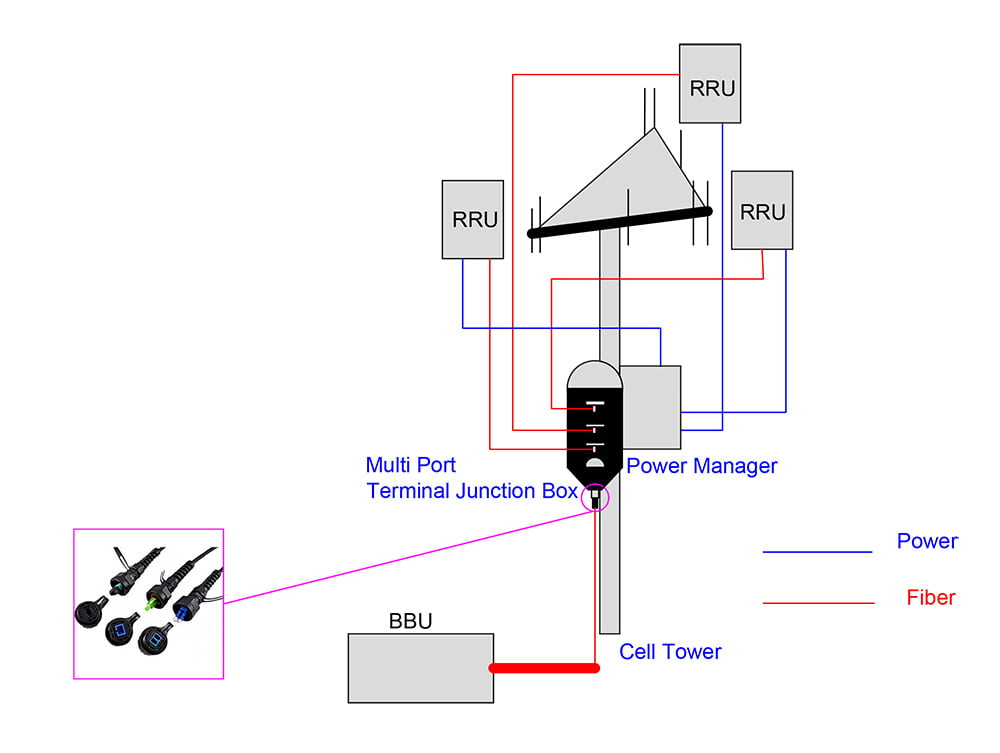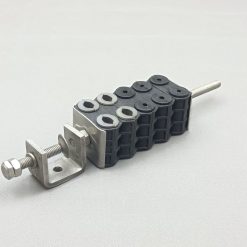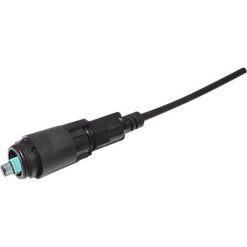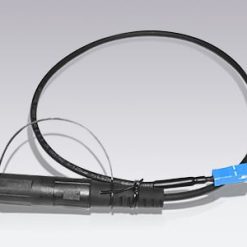What Is FTTA Fiber Patch Cord Cable Assembly?
FTTA Waterproof Outdoor Cable Assembly RRU- RRH Cpri Armored Cable Fiber Optic Optical Patch Cord with Nsn Boot Odva Odlc Fullaxs Connectors

IP67 ODVA OptiTap FULLAxs IPFX NSN Fiber Optic Cable Assemblies Used in FTTA solution .
Fiber-to-the-antenna (FTTA) is a wireless site architecture where optical fiber is run all the way up the tower to replace much of what was traditionally completed with heavier coax cabling. Important components such as remote radio units (RRUs) are also positioned at the top of the tower instead of at the base location.
In a FTTA configuration case, a baseband unit (BBU) situated near the bottom of the tower is connected via a fiber optic antenna and runs to a remote radio head (RRH) positioned near the antennas at the top of the tower. The RRH converts the digital signals to analog, and the short span between RRH and antenna is still completed using traditional coax cabling.

The reason fiber is being used to connect towers and then go up the tower to connect the antennas is consumers insatiable desire for bandwidth. To accommodate more bandwidth in the cellular systems, new cellular protocols being are used (4G, LTE, and whatever comes next) but also more antennas are needed to support more frequencies. Thus cell towers that once had 3 antennas for coverage may have two dozen antennas.
The increased demand for cellular bandwidth to support fast growing data usage from smartphones and tablets requires upgrading towers – more bandwidth means more antennas. More antennas means more cables up the towers. If those cables are coax, it means more weight and wind resistance, perhaps more than the tower was designed for. And RF (radio frequency) signals require lots of power to transmit up the tower since the coax cable attenuates the signals at high frequencies.
- IP67 Outdoor Fiber Cable Assembly
- ODVA Outdoor Cable Assembly
- FULLX/FullAxs Outdoor Fiber Cable Assembly
- Optitap H Connector Outdoor Fiber Cable Assembly
- IPFX Fiber Outdoor Cable Assembly
- AARC/ODLC ODMC Outdoor Fiber Cable Assembly
- PDLC Outdoor Cable Assembly
- CPRI Outdoor Fiber Cable Assembly
- NSN Boot Fiber Optic Jumper Cable Assembly
- FTTA Cable Assembly With NSN Boot ODVA ODLC FULLAxs










